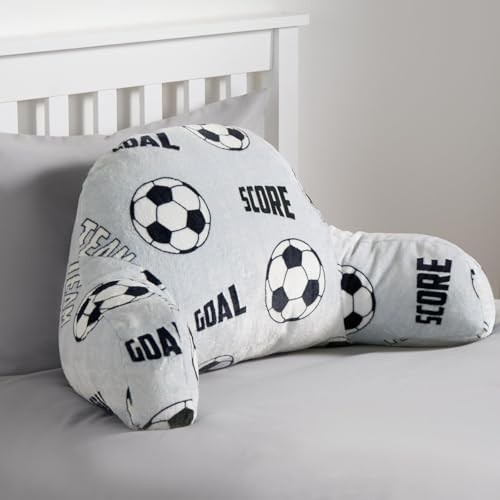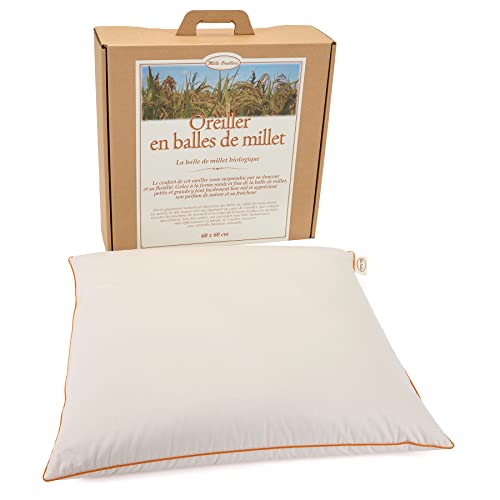Understanding the 3-Person Tent: What You Need to Know
The Basics of a 3-Person Tent
When we think about a 3-person tent, it’s important to realise that it is designed to accommodate three sleeping bags comfortably side by side. However, if you envision a little extra space for your gear or want to sit up for a game of cards inside, we recommend selecting a tent that offers a bit of extra room or headspace. Typically, a tent can offer additional features like storage pockets or a vestibule area, which helps keep your belongings dry and organised.
Why Choose a 3-Person Tent?
Choosing a 3-person tent can work to your advantage in many scenarios. If you are planning a family camping trip, this size strikes a good balance — it’s spacious enough for a couple with a child or a trio of friends. It also provides more room than a 2-person tent, which can feel cramped, especially if you’re all packing in the same space for a weekend adventure.
The Perfect Fit: Sizing and Space Requirements
Assessing Your Needs
Before deciding on a particular model, we must consider the dimensions. A standard 3-person tent may have an interior floor space of about 80 square feet. If you plan to store gear inside, look for models that offer additional space or taller structures to help you move freely. Remember, three people will occupy this space, so be realistic about how much gear you’ll need to fit alongside the sleeping area.
Weight Matters for Hiking
If you plan on hiking to your camping spot, weight becomes crucial. A 3-person tent can vary significantly in weight, from lightweight models that are easy to carry to more robust ones that offer better durability but may be heavier. It’s worth checking the tent’s packed size as well, which will affect how easily it fits in your backpack.
Choosing the Right Features: Weather Resistance and Ventilation
Understanding Weather Resistance
Weather resistance is a key feature to consider, especially if you’ll be camping in varied conditions. Look for tents made from materials with a high waterproof rating, usually measured in millimetres. We suggest 1500mm or more for a reliable water-resistant tent. A rainfly can also be beneficial in heavy rain, overlaying the tent for added protection.
Importance of Ventilation
Good ventilation is essential for any camping experience. When we sleep in a tent, moisture from our breath can accumulate inside. Hence, tents with multiple vents or mesh panels will decrease condensation. By choosing a tent with well-placed vents, we can improve air circulation, helping to keep the interior fresh and comfortable.
Setting Up Your Tent: Tips for Easy Assembly
Read the Instructions First
We can avoid frustration on the first night at the campsite by taking a moment to familiarise ourselves with the assembly instructions before arriving. Many manufacturers provide straightforward guides, while some tents may even offer colour-coded poles and clips that simplify the setup process.
Practice Makes Perfect
If you have a new tent, it’s wise to practice assembling it in your backyard or at home. This way, we can identify any tricky parts and ensure we don’t struggle when it’s time for a real camping trip. Knowing how the components fit together can save us time and effort, leaving us free to enjoy our surroundings once we arrive.
Essential Accessories for Your Camping Experience
Sleeping Pads and Bags
To enhance our comfort while sleeping, investing in high-quality sleeping pads and sleeping bags is crucial. Sleeping pads provide insulation from the cold ground and additional cushioning for a good night’s sleep. Mummy-shaped sleeping bags, or those rated for lower temperatures, can keep us snug when the night air gets chilly.
Lighting and Cooking Gear
Don’t overlook the importance of a good light source. A reliable lantern or headlamp will help us navigate after dark without tripping. Cooking gear such as portable stoves, pots, and utensils should also be part of our list. Having these essentials allows us to prepare meals and stay fed and energised during our adventure.






























